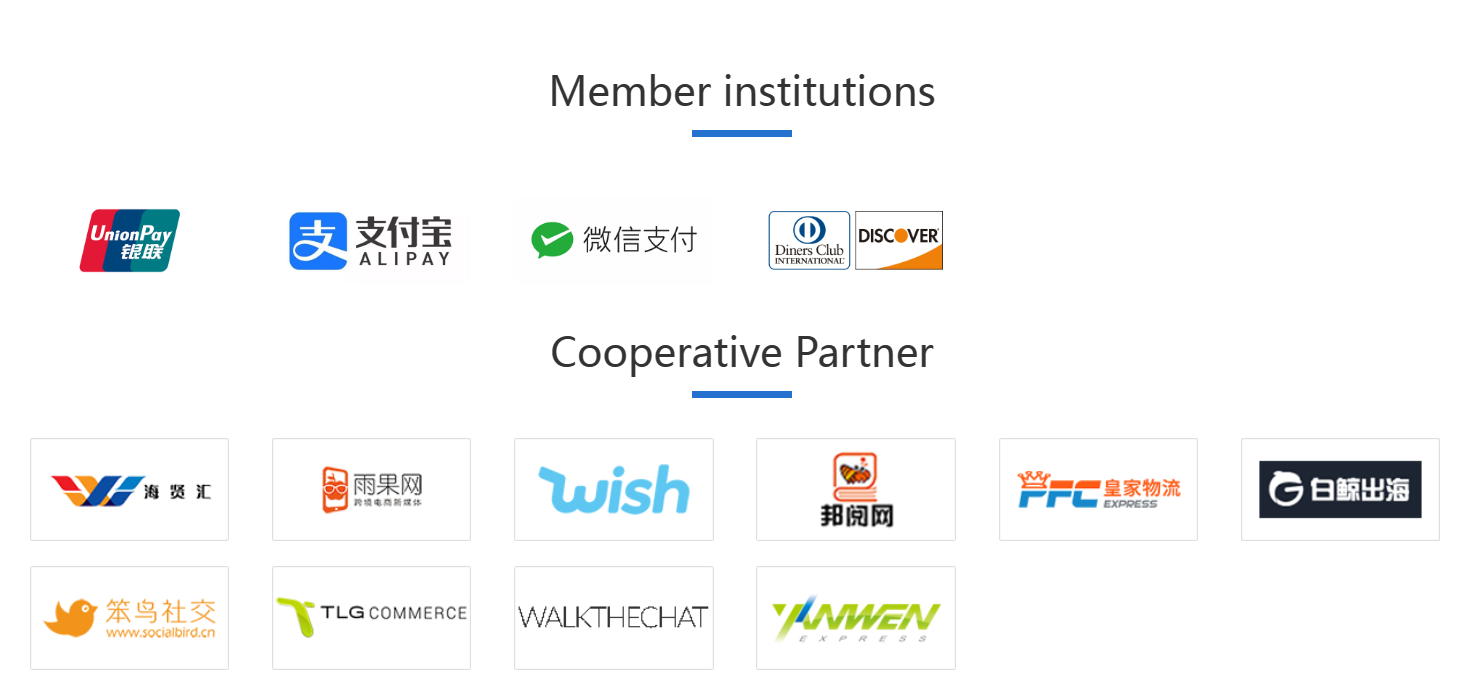Online and Offline Payment Gateway
EVCITY provides all-in-one cross border payment solution via Stripe and GoAllPay ,enabling all major debit and credit cards from customers in every country,Accept your customers to check out faster with wallet payment methods that digitally store credit and debit cards. Wallets eliminate the need for customers to manually enter their card and billing information, offering a quick and convenient way to pay.
Easy Integration
We provide one-stop integration service of API or SDK to integrate existing Set up or new EV Charger
Transaction and Settlement Currency
EVCity supports USD, EUR, HKD, JPY, GBP and other over 20 kinds of trading currencies for transaction and settlement.
Payment Gateway
We are supports multiple terminal access integration, as PC Website online payment, APP and other system,offline payment
Solar photovoltaic(PV)+Energy Storage Systems(ESS)
Sync with your solar PV setup or other home renewable to benefit from Environmentally friendly charge electricity demand has plateaued in recent years. This is due to the higher energy efficiency of buildings and appliances, as well as solar panels installed at homes that are also Renewable Energy sources.
Our intelligent algorithms make sure that you squeeze every last kilowatt hour out of your connection to the grid;EVICES (Electric Vehicle Integrated Energy Storage System) monitors and controls all your energy assets: solar production, building consumption, batteries, and EV charging. In order to develop optimal EV charging plans that reduce emissions and costs, we use artificial intelligence and advanced algorithms. Do not waste the precious energy of the sun. To charge your electric vehicle, soak up the sun's energy.
Part of the important design criteria for the DCFC charging complex will be the means by which the complex manages its effect on the electric grid. The management of the grid load will have an impact on both energy distribution and energy costs required during this period, given that most away from home charging will take place during periods of peak demand. The preferred method of managing grid impact is the use of an ES system, since it allows for reduction in demand and load balancing.
This will benefit the grid and lower electricity costs as a result of reducing demand charges. The use of ES systems has its disadvantages. By design, the ES system will be discharged to provide power for vehicle charging at a faster rate than it is charged by the grid. If the energy storage capacity of the system is not large enough, relative to customer demand for charging, the system may not be able to keep up.
If vehicles arrive for charging when the ES system is fully depleted, the complex will either need to draw higher power from the grid (thus negatively impacting the grid, increasing demand charges, and defeating the purpose of the energy storage system), or truncate the power provided to the vehicles (thus increasing charging time). In order to achieve a 30% load factor, the charging complex should be designed in such a way that it meets minimum capability requirements.
Ideally, the load factor would be 50 % for a complicated meeting of final capability requirements. A lower load factor would mean the complex draws short, intermittent bursts of high power, which may be problematic for the electric grid.








